Perfumes, much like literature, art, and gastronomy, encapsulate the essence of a nation.
A mere whiff of a certain fragrance can transport you to a different country, evoking its landscapes, traditions, and cultural character.
In this article, we explore classic male fragrances associated with England, Spain, Italy, Germany, and Austria, each one a fragrant distillation of national identity.
As Marcel Proust once wrote, “The smell and taste of things remain poised a long time, like souls, ready to remind us.” These perfumes do just that, serving as gateways to the very soul of each nation.
Refined England
England’s reputation for refined and understated elegance is beautifully encapsulated in Floris No. 89, a scent famously worn by Ian Fleming, the creator of James Bond. Cary Grant, the quintessential English gentleman, was another devotee of this timeless scent. Floris, founded in 1730 by Menorcan-born Juan Floris, remains a family-owned business to this day. In 1951, the brand introduced Floris No. 89, named after their famous shop at 89 Jermyn Street, London. Though Bond is never explicitly said to wear Floris No. 89, the brand weaves its way through his world. For instance, in Moonraker, Bond observes that Floris provides the soaps and lotions for Blades Club. With its blend of citrus and woody notes, Floris No. 89 reflects the timeless sophistication of the English gentleman—A10-eyed and firm-jawed, hair neatly parted and tamped down with Trumper’s hair oil, clad in a grey worsted suit, knitted silk tie, Jermyn Street white poplin shirt, and English bench-made black Oxford shoes.
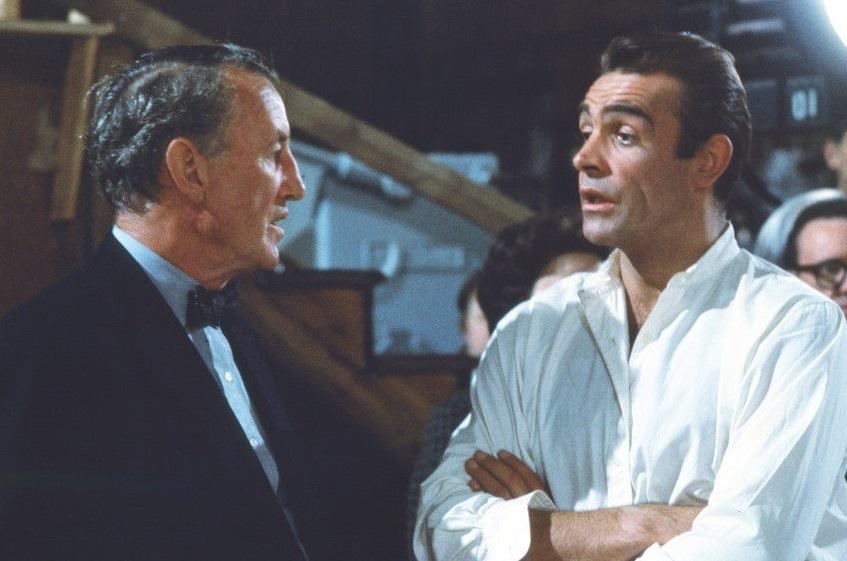
Eucris by Geo. F. Trumper (est. 1875) deepens Bond’s association with refined English grooming. It’s mentioned in the novel On Her Majesty’s Secret Service when Bond visits the villain Marc-Ange Draco. Eucris offers a distinctive combination of blackcurrant, sandalwood, and moss. It’s a fragrance that exudes English tradition and poise.
Bond thought it time to make some show of independence. He said firmly, “Un moment, je vous un prie,” and went into the bathroom and cleaned himself up—amused to notice that the soap was that most English of soaps, Pears Transparent, and that there was a bottle of Mr. Trumper’s Eucris beside the very masculine brush and comb by Kent. Marc-Ange was indeed making his English guest feel at home.
Ian Fleming Casino Royale
Obviously, a Kent military brush and comb are essential trappings for any well-groomed Englishman.
Completing the trifecta of English elegance is 1805 by Truefitt & Hill, the world’s oldest barbershop, established in 1805. This fresh, marine-inspired cologne pays homage to England’s rich naval history, with the name commemorating the nation’s great victory over the French and Spanish at the Battle of Trafalgar that same year. It opens with bright notes of orange and bergamot, balanced by a warm base of musk and sandalwood, capturing both freshness and depth.
These fragrances are not just scents but symbols of English virtues such as restraint, tradition, martial power, and an understated elegance that has been exported globally and defines the template for a gentleman, much like the image of James Bond himself (in the novels at least). One could rather imagine Jonathan Bowden delivering a fiery speech on the scents of England.
Elegant France
France, rightly considered the birthplace of modern perfumery, is renowned for its sophisticated and timeless scents. The country’s influence on the world of fragrance is unparalleled. Here are three classic masculine scents that capture the spirit of France.
Crafted by Jean-Paul Guerlain and released in 1965, Habit Rouge is a landmark in men’s perfumery. As the last family member to craft perfumes for the House of Guerlain, Jean-Paul Guerlain remains synonymous with French fragrances. As he once said, “Perfume is the most intense form of memory.” Through scent, a nation’s identity is both preserved and evoked.
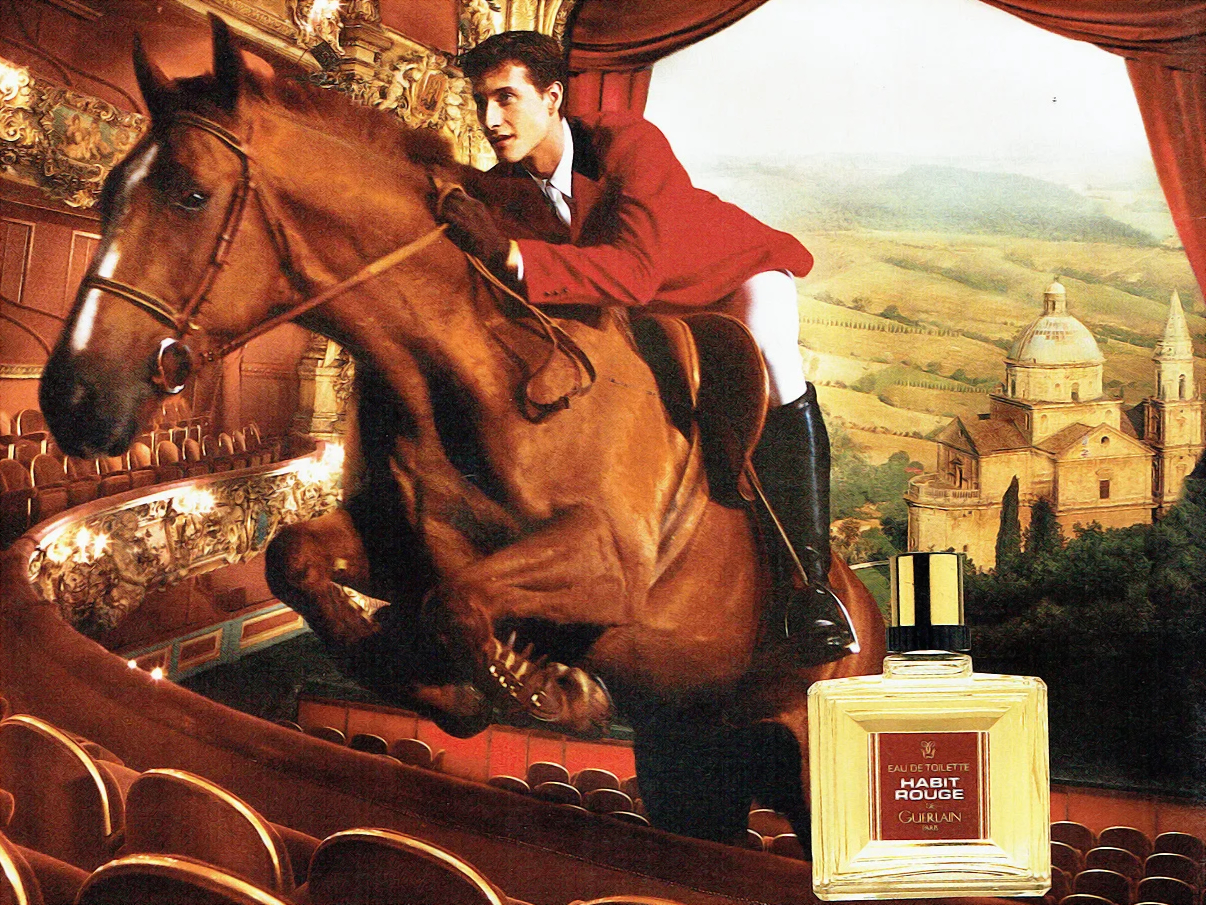
An oriental fragrance for men, Habit Rouge combines citrus top notes with a warm, spicy heart of cinnamon and patchouli, followed by a base of leather and vanilla. The scent’s blend of the traditional and the exotic mirrors France’s ability to balance grace and boldness. Inspired by equestrian traditions, its name refers to the red riding coats of horse riders.
The red coats | A British tradition
The tradition of riders wearing red jackets, particularly in equestrian sports, can be traced back to the British military. The British Army's iconic red coats were first adopted in the 17th century. The bright colour made it easy to identify soldiers on the battlefield and hid bloodstains. This tradition carried over into civilian equestrian activities, as many riders were former military officers or had close ties to the military.
Created by Henri Robert in 1955, Chanel Pour Monsieur is Chanel’s first men’s fragrance, a timeless classic that exudes understated elegance. It opens with fresh citrus notes, followed by a heart of spicy cardamom and ginger, and a dry-down of oakmoss and vetiver. This fragrance captures the essence of the French gentleman—sophisticated, polished, and effortlessly stylish. It’s a scent that reflects France’s deep-seated respect for tradition, combined with an innate sense of chic. While some fragrance enthusiasts critique the modern Pour Monsieur for its projection and longevity, particularly the Eau de Toilette (EDT), these qualities reflect the nuanced, understated nature of the scent. Pour Monsieur was never meant to be a loud, overpowering fragrance. Its appeal lies in its refinement and subtlety. Some might argue that the fragrance’s understated projection and modest longevity are actually part of its charm, aligning with the Chanel ethos of quiet luxury and sophistication over brash look-at-me vulgarity. Pour Monsieur was designed to complement, not dominate, and its light, refined nature fits this intention. For those who prefer a stronger presence, other concentrations, such as the Pour Monsieur Concentrée version (an Eau de Parfum), provide better longevity and projection while maintaining the classic feel of the scent. Ultimately, whether the EDT’s performance is seen as a drawback or an intentional feature depends on the wearer’s expectations. If subtlety and elegance are the goal, Pour Monsieur still serves its purpose beautifully.
Created by Edmond Roudnitska, Eau Sauvage by Dior is a pioneering fragrance. Roudnitska took a minimalist approach to fragrance design, where each note had a distinct purpose. While citrus colognes had existed for centuries, they were typically lighter, less complex, and more fleeting. Eau Sauvage blended the freshness of citrus with aromatic herbs like basil and rosemary, combined with deeper woody and mossy notes. What set Eau Sauvage apart was its pioneering use of hedione, a synthetic jasmine derivative that introduced an otherworldly freshness to the fragrance. This balance makes it versatile for both formal and casual settings.
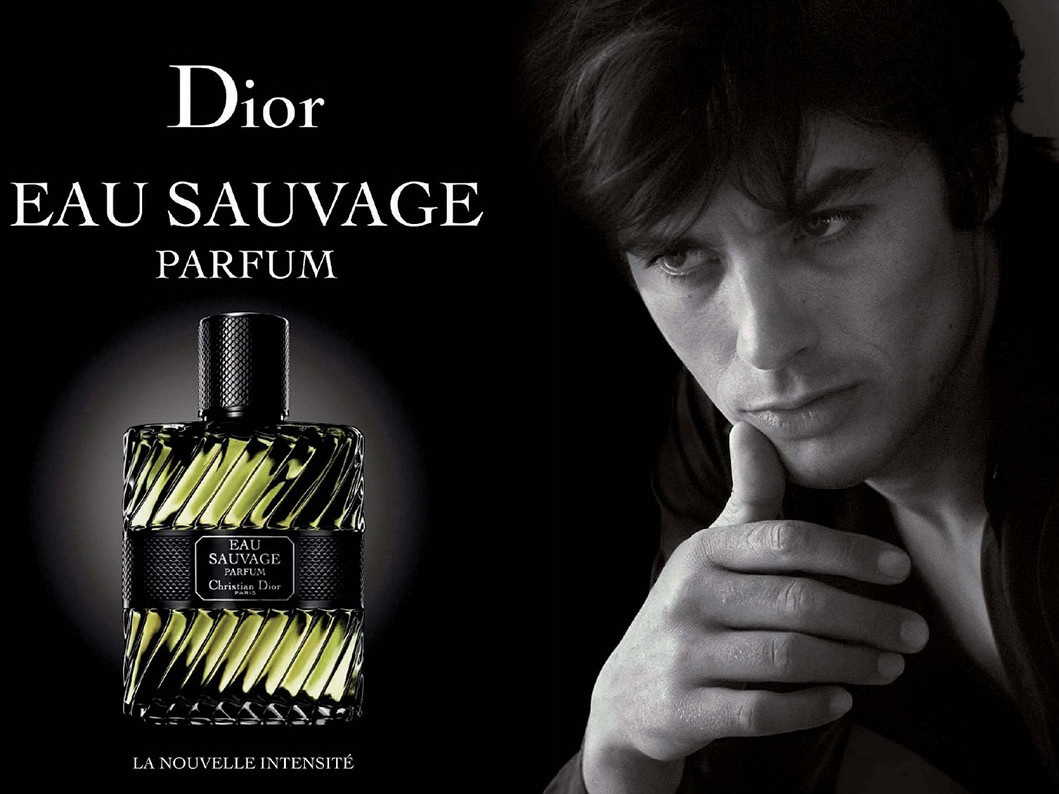
Eau Sauvage has become emblematic of French masculinity, timeless and eternally modern. Though launched in the 1960s, the fragrance still feels relevant today. It appealed (and continues to appeal) to men across different generations, making it one of the most enduring and iconic scents in the history of perfumery.
Sensual Italy
Italy’s perfumes often evoke the sun-soaked vibrancy of the Mediterranean, and Acqua di Parma Colonia is the perfect example.
Its bright, citrusy top notes of Sicilian lemon, sweet orange, and bergamot, combined with a floral heart of lavender, rosemary, and verbena, create a refreshing yet intense scent.
This perfect blend of lightness and refinement mirrors the Italian dolce vita—sensual and relaxed.
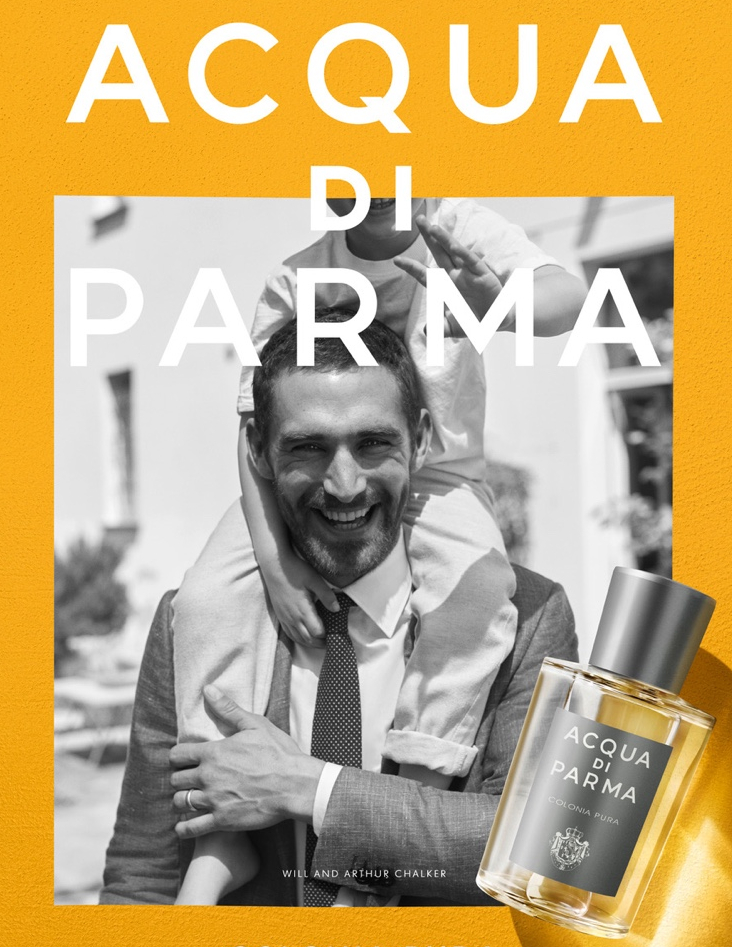
Acqua di Parma Colonia was first created in 1916 in a small perfume laboratory in Parma, Italy. Largely unchanged since its inception, the simple but elegant cylindrical yellow bottle with a black bakelite-style cap has become an iconic symbol of Italian perfumery. Unlike the heavy, musky colognes popular in Europe at the time, Colonia offered a fresher alternative. By the mid-20th century, Colonia had become a favorite among Hollywood stars and European aristocrats alike. In the 1950s and 1960s, for example, the fragrance was favoured by the English actors Cary Grant and David Niven. Despite its early success, Acqua di Parma nearly faded into obscurity by the late 20th century as tastes shifted. The company was in financial trouble in the 1990s until it was revived by Italian entrepreneurs. Acqua di Parma has long celebrated Italian craftsmanship, not just in perfumery but in all aspects of the brand. The company has partnered with Italian artisans for its packaging and accessories, making Colonia more than just a scent—it’s a symbol of Italian heritage and craftsmanship.
Another quintessentially Italian fragrance is Santa Maria Novella’s Tabacco Toscano, which embodies the rustic charm and historical depth of Italy through its rich, earthy tobacco notes, with vanilla and warm spices to create a distinctive masculine scent. Santa Maria Novella’s approach to perfumery is rooted in centuries of monastic tradition and Italian craftsmanship. Their dedication to using natural ingredients and traditional methods sets the house apart. Ingredients such as herbs, flowers, and oils, are still handpicked and processed with care. Founded in 1221 as a Dominican monastery in Florence, Santa Maria Novella began with monks cultivating herbs and plants to create medicinal remedies for their infirmary. By the 16th century, they had become known for producing perfumes, cosmetics, and herbal elixirs, making it one of the first pharmacies in the world. The official founding date as a pharmacy is recognised as 1612, when it opened to the public under the name Officina Profumo-Farmaceutica di Santa Maria Novella. One of its most famous creations, Acqua di Santa Maria Novella—now known as Acqua della Regina—was crafted in 1533 for the young Catherine de’ Medici as she prepared to marry King Henry II of France. Both were just 14 at the time of their royal union. This citrus-based cologne became one of the most famous perfumes in Europe, and its influence helped popularize colognes across the continent. Production at Santa Maria Novella continues in its original Florentine workshops, where the brand remains deeply connected with Florence’s cultural heritage. Many of its fragrances are still inspired by the Tuscan landscape and flora. This connection to place and tradition is key to understanding its philosophy.
Passionate Spain
Spain’s hot-blooded culture and passionate spirit are brought to life through fragrances like Loewe 7. Founded in 1846 by German craftsman Enrique Loewe Roessberg and aquired by LVMH in 1996, Loewe began as a luxury leather goods company in Madrid. It has since become the official supplier to the Spanish Royal Family. Loewe expanded into perfumery in 1972 with the launch of L de Loewe. Introduced in 2010, Loewe 7 became one of the house’s boldest and most masculine fragrances. The number seven corresponds to the seven key ingredients that form the heart of this fragrance: incense, red apple, pepper, rose, lily of the valley, neroli, and musk. This blend captures the passion, fire, and mystique of Spain. Its rich incense note is reminiscent of Spanish cathedrals, bringing to mind the deep spiritual heritage of Spain.

Álvarez Gómez represents the spirit of everyday Spain through its colognes, particularly its Agua de Colonia Concentrada. Founded in 1899 by three cousins in Madrid, Álvarez Gómez began as a purveyor of herbal remedies and apothecary goods before branching into perfumery. Agua de Colonia Concentrada, launched in 1912, is the fragrance most closely associated with the brand. Known as liquid sunshine, this cologne has become a symbol of Spanish family life, passed down through generations. In Spain, it’s not uncommon for the entire family—men, women, and children alike—to splash on this zesty, clean fragrance after bathing. Its refreshing blend of Mediterranean citrus, herbs, and floral notes encapsulates the sunny, easy-going lifestyle of Spain. Its simplicity and freshness make it the perfect antidote to Spain’s hot, dry summers, becoming a daily ritual for Spaniards of all backgrounds as part of their personal grooming routine.
German precision
Germany’s reputation for precision and subtlety is encapsulated in Maurer & Wirtz’s iconic fragrance, 4711. First produced in 1792 by Wilhelm Mülhens in Cologne at 4711 Glockengasse, the address from which it takes its name, this fragrance is renowned for its crisp, clean, and refreshing citrus notes. This scent reflects the German affinity for clarity and efficiency, offering a fragrance that is as precise as a finely tuned machine.
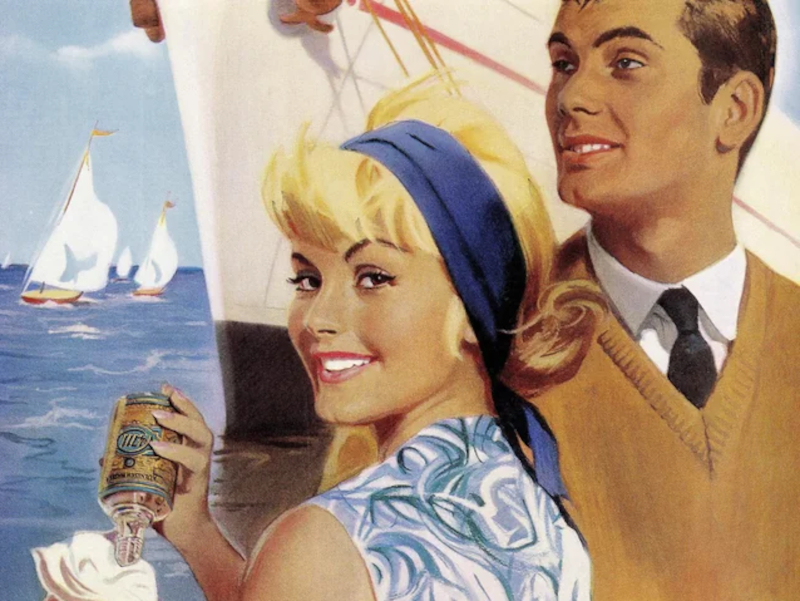
Though ill-informed trend-seekers may dismiss 4711 as somewhat old-fashioned compared to today’s more complex fragrances, its timeless appeal lies in its simplicity. Genuine perfume lovers appreciate it for its uncomplicated nature—a scent that simply smells good, without the complexity or heaviness that modern fragrances can sometimes carry. Composed of light citrus notes like lemon, orange, and bergamot, along with hints of lavender and rosemary, 4711 is the perfect antidote to the heat of summer. Its refreshing and uplifting qualities make it ideal for splashing on generously throughout the day.
Escentric Molecules Molecule 01 exemplifies German engineering and avant-garde innovation through its minimalist, synthetic note of Iso E Super. Launched in 2006 by Berlin-based perfumer Geza Schoen, Molecule 01 revolutionized the fragrance world with its focus on a single molecule. Upon application, Molecule 01 may seem almost imperceptible to the wearer, yet it can leave a profound impression on others. Iso E Super interacts uniquely with skin chemistry, creating a subtle, woody aura. Unlike traditional perfumes, it doesn’t evolve in layers but hovers close to the skin, enhancing the wearer’s natural scent. Thanks to its unique properties, Molecule 01 can amplify or modify other fragrances, extending their longevity and adding depth. For example, when layered under a floral scent, it enhances those notes.
German perfumes, much like the nation’s cultural and industrial output, prioritize clarity and functionality. Despite their age difference, both 4711 and Molecule 01 encapsulate the clean, no-nonsense spirit of German culture, where function often dictates form.
Austrian charm
Knize is a Viennese tailors, founded in 1858 by Josef Knize, which branched out into perfumery in 1924 with the now classic Knize Ten. Named after the highest-rated players in polo, Knize Ten draws its inspiration from the elite world of equestrian sports and the aristocratic atmosphere of gentlemen’s clubs. The fragrance, with its blend of leather, woods, and spices, evokes a world of dark wood paneling, and the rich scent of leather-bound books—a true embodiment of sophistication and Germanic masculinity. The fragrance perfectly encapsulates the refined elegance and old-world charm of the Habsburg era, and the grandeur and tradition of Austria’s imperial past. Knize Ten was famously worn by Marlene Dietrich, the legendary German-American actress known for her androgynous style and provocative presence.
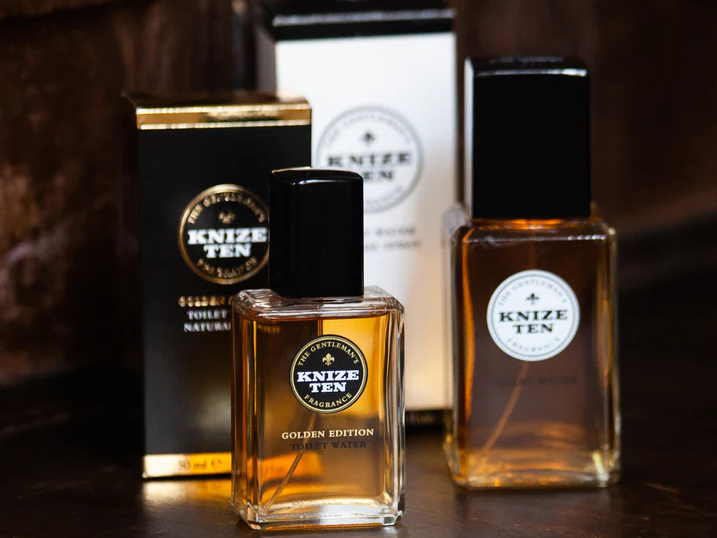
Founded in 2009 by Alexander Lauber, Wiener Blut (Viennese Blood) draws its name from a 19th-century operetta by Johann Strauss II. The brand channels the opulent, decadent world of 19th-century Vienna, when the Austro-Hungarian Empire was at its zenith. Klubwasser by Wiener Blut is inspired by the exclusive gentlemen’s clubs of 19th-century Vienna, where the elite gathered for cigars, cognac, and conversation. The air in these refined spaces was thick with the scent of leather armchairs and polished wood. Klubwasser opens with fresh, invigorating herbal notes that ground the fragrance, with a crispness reminiscent of the tonics and grooming products favoured by gentlemen of the time. These herbal top notes are complemented by earthy, woody undertones, including oakmoss and vetiver, creating a solid, masculine base. Klubwasser is understated yet assertive, exuding controlled strength—a scent that commands presence without raising its voice.
Introduced in the early 1950s by Kosmetik R. Neuner, a small company based in Tirol, Alt-Innsbruck represents the no-nonsense, rugged spirit of alpine life. Alt-Innsbruck has cultivated a loyal following among men who appreciate its connection to traditional barber shop culture in appearance and scent. Its key ingredient, natural tobacco flower, gives the fragrance its distinctive masculine warmth, but with an invigorating twist. Unlike many modern fragrances, Alt-Innsbruck remains simple and direct. The tobacco is softened by a cooling menthol element, making it ideal as both a cologne and aftershave. It’s not widely marketed, but those who know about Alt-Innsbruck often become lifelong fans.




